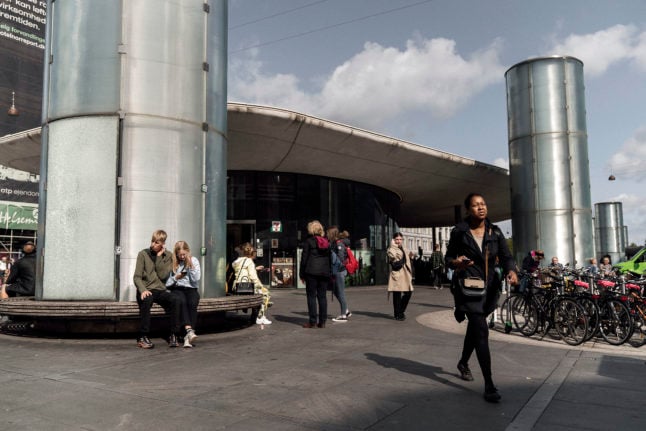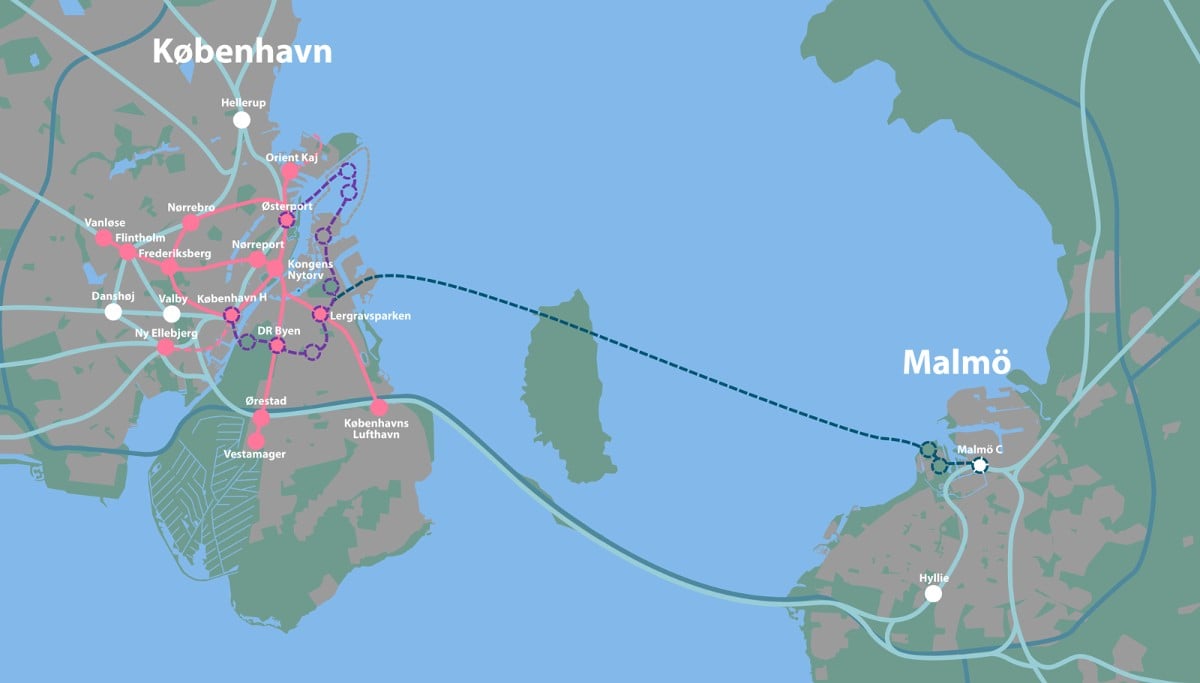National rail operator DSB has been given the green light to give the stations a much-needed refresh, the Ministry of Transport said in a statement on Friday.
Copenhagen Central Station will be “modernised” at the area facing the Reventlowsgade street, while Nørreport will be renovated, the ministry said.
The purpose of the works will be to “create a more attractive urban space for passengers and visitors who pass through the area”.
The Central Station will be modernised internally with respect to its architecture, with new buildings and more space between buildings within the main station building itself. This will give “better distribution of passengers and increased security”, the ministry said.
At Nørreport, staircases and platforms will be improved to “make the area a more pleasant and secure place to be”.
The government will spend 217 million kroner on the Central Station renovations, with DSB paying a further 40 million kroner. 25 million kroner will be spent on Nørreport, taking the government outlay on the refurbishment of the stations to 242 million kroner.
The work will begin later this year and is expected to be completed in 2025.





 Please whitelist us to continue reading.
Please whitelist us to continue reading.
Member comments